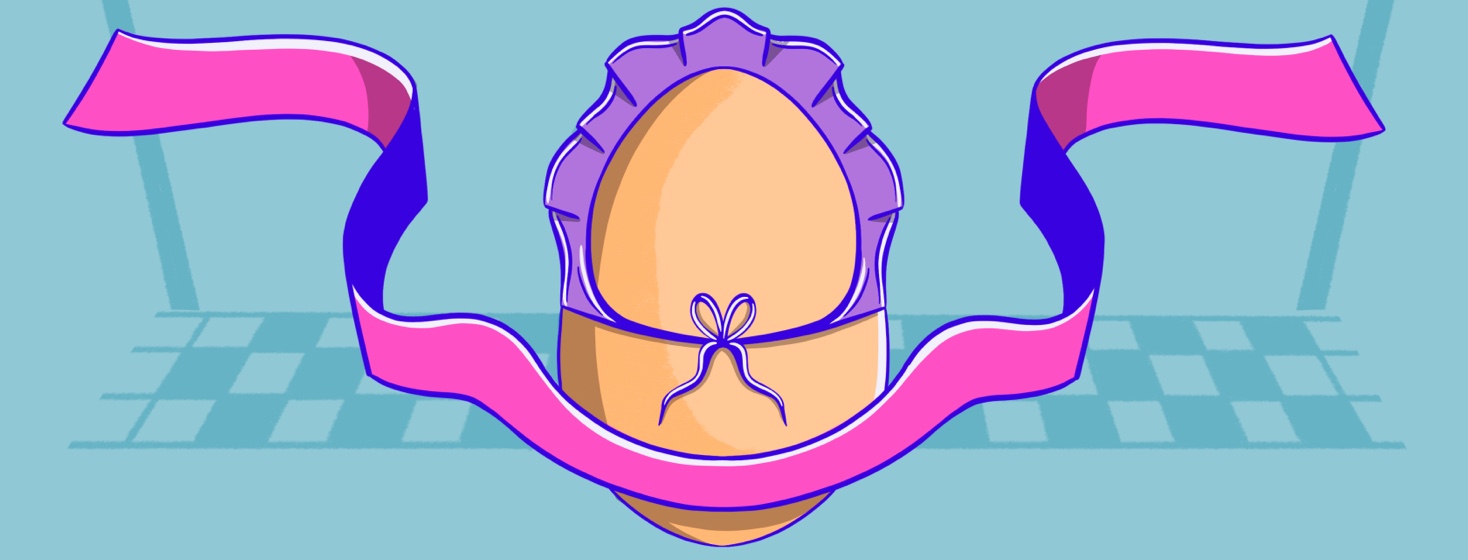Almost to the End: An IVF Journey
Here we are! We’ve arrived at the final stages of my IVF journey. As mentioned in my previous articles outlining our experience, the main reason we were doing IVF was to test our embryos to ensure they did not have cystic fibrosis (CF).
CF and genetics
After the initial stage, the embryos were frozen and sent to the genetic lab to test. This process took approximately two weeks. Some embryos did have cystic fibrosis, most did not. Some were not gene carriers at all, while others were carriers of just one gene.
This process gave us a rare glimpse into the genetic makeup of our offspring, but it also offered hope that we could add to our family in the way we wanted.
Prepping for embryo transfer
The next stage in the process was preparing for the embryo transfer. In order to do that, I had to begin nightly shots for two weeks prior to the procedure. These shots were injected into the muscle of my glute and I found them even more daunting than the pre-egg retrieval shots. The needle is BIG.
I know many women who have their partners give them the shots, but my husband was very wary of needles so I took this on myself. I asked a friend who had gone through IVF for tips:
- Warm up the vial about five minutes before the injection. The medicine is stored in the fridge so you wanted it to be as close to room temperature as possible while still keeping the contents safe.
- Once you prep the needle with the medicine and sterilize the injection site, lean over slightly and take the weight off your foot of the same side you will be injecting. For example, if you are injecting your right side, lean forward and take the weight off your right foot.
- Inject it swiftly, cover it if bleeding and immediately start rubbing and even pounding the injection site. You want these drugs to spread and permeate your system.
- You might be sore that night or the next day, especially at first. You can ice the area, especially if you are prone to bruising like I am.
One thing I didn’t realize before going into IVF was that you’ll do these injections for two weeks prior to the embryo transfer, and if it results in a pregnancy, you continue these shots until 9-10 weeks, depending on your clinic. In other words, daily injections for most of the first trimester.
The embryo transfer
My first embryo transfer was mid-March 2020. It was a scary time with so many details were still unknown about COVID. I had to wear a mask to the transfer, which was one of my first experiences doing so and unlike the egg retrieval, I had to go to it alone without my husband.
It’s a quick and painless procedure. I gowned up and then was brought to the sterile operating room. While someone did an ultrasound on my stomach, the doctor inserted a catheter into my uterus. You actually watch the implantation as it happens, which was truly surreal.
And then you’re done! You continue the injections for two more weeks until you go back to the clinic to have a blood test.
That’s right—more waiting!
Stay tuned for my fourth and final article on my IVF journey.

Join the conversation